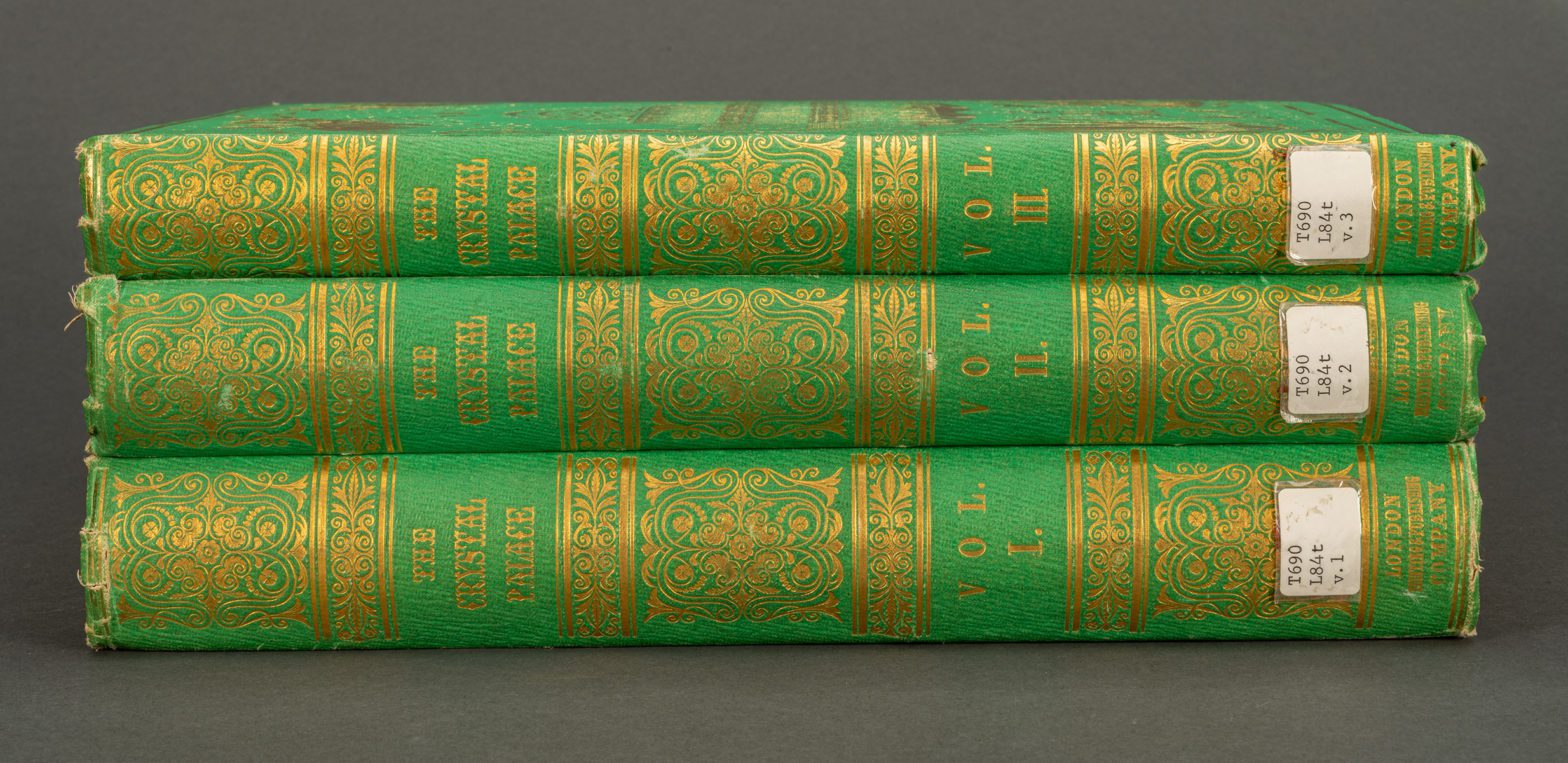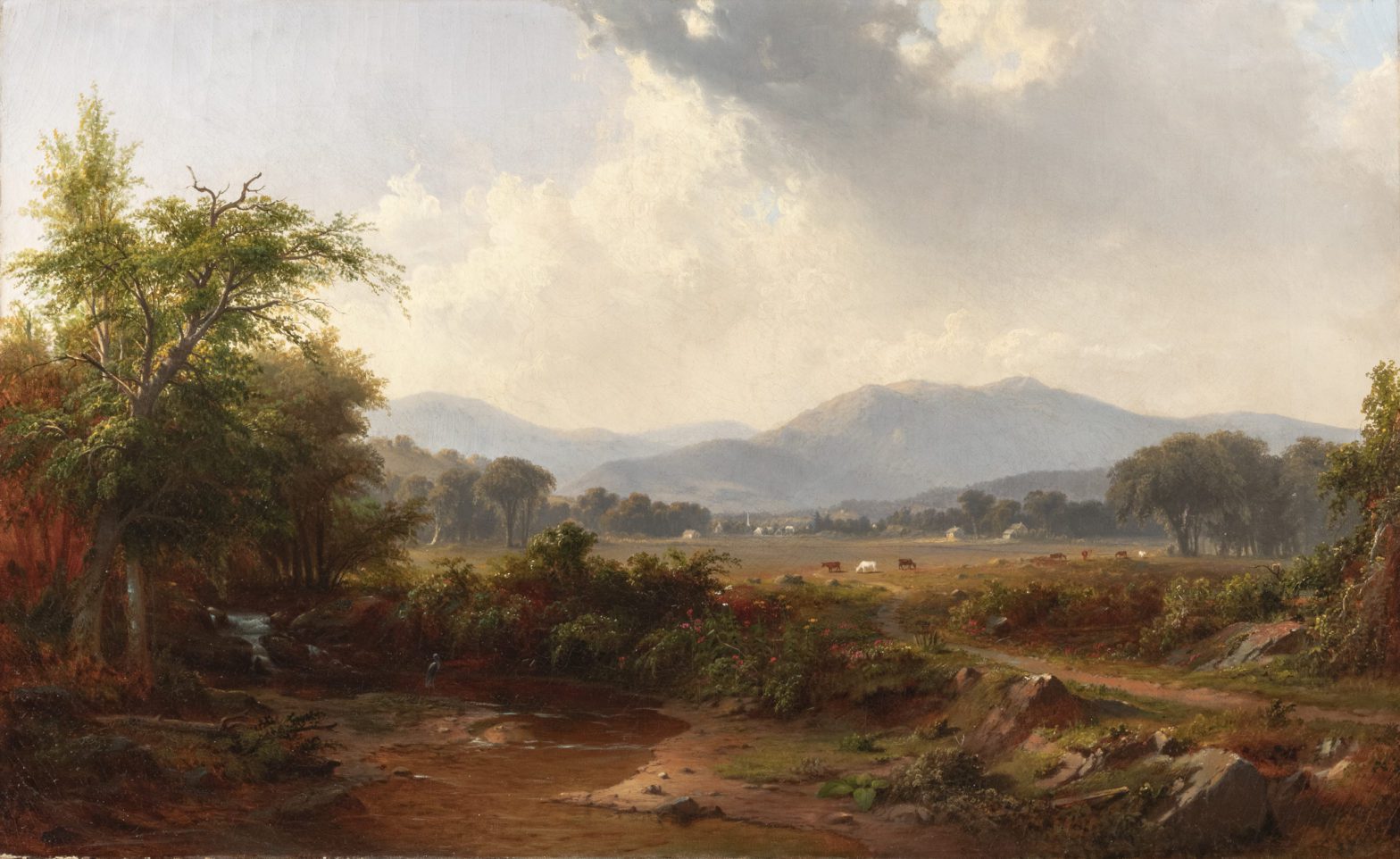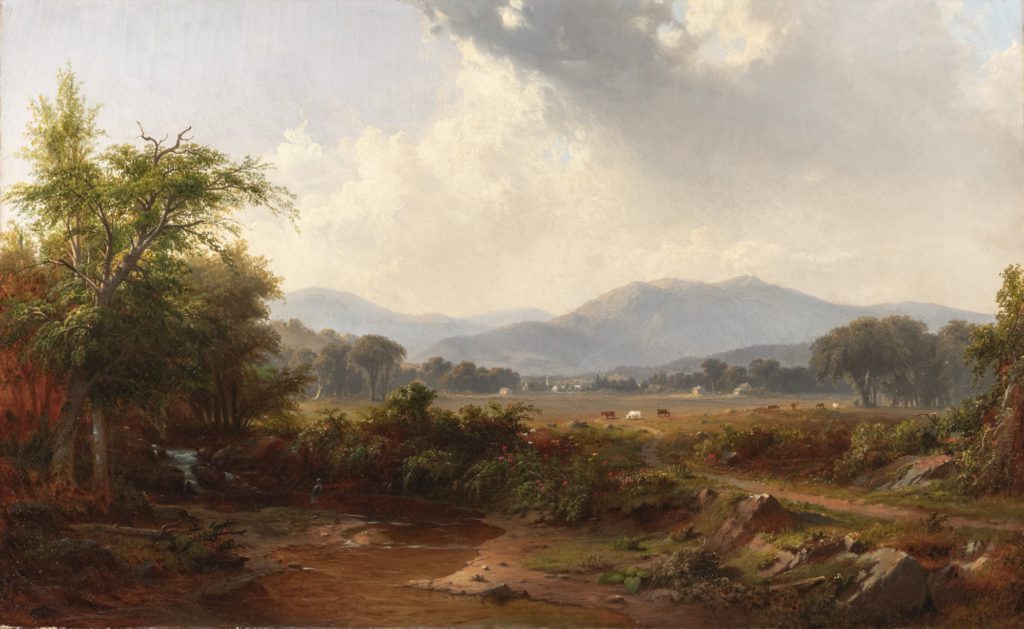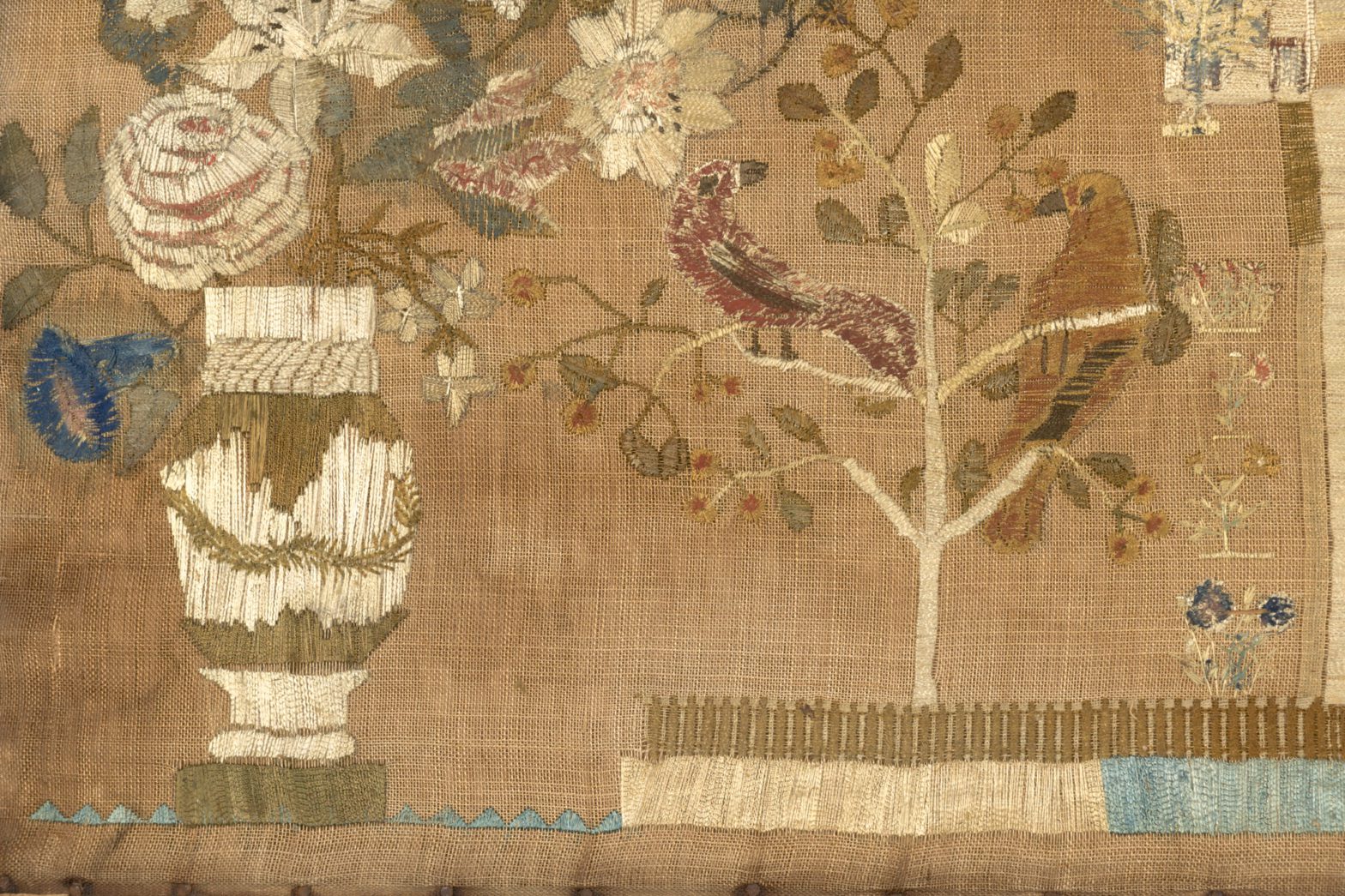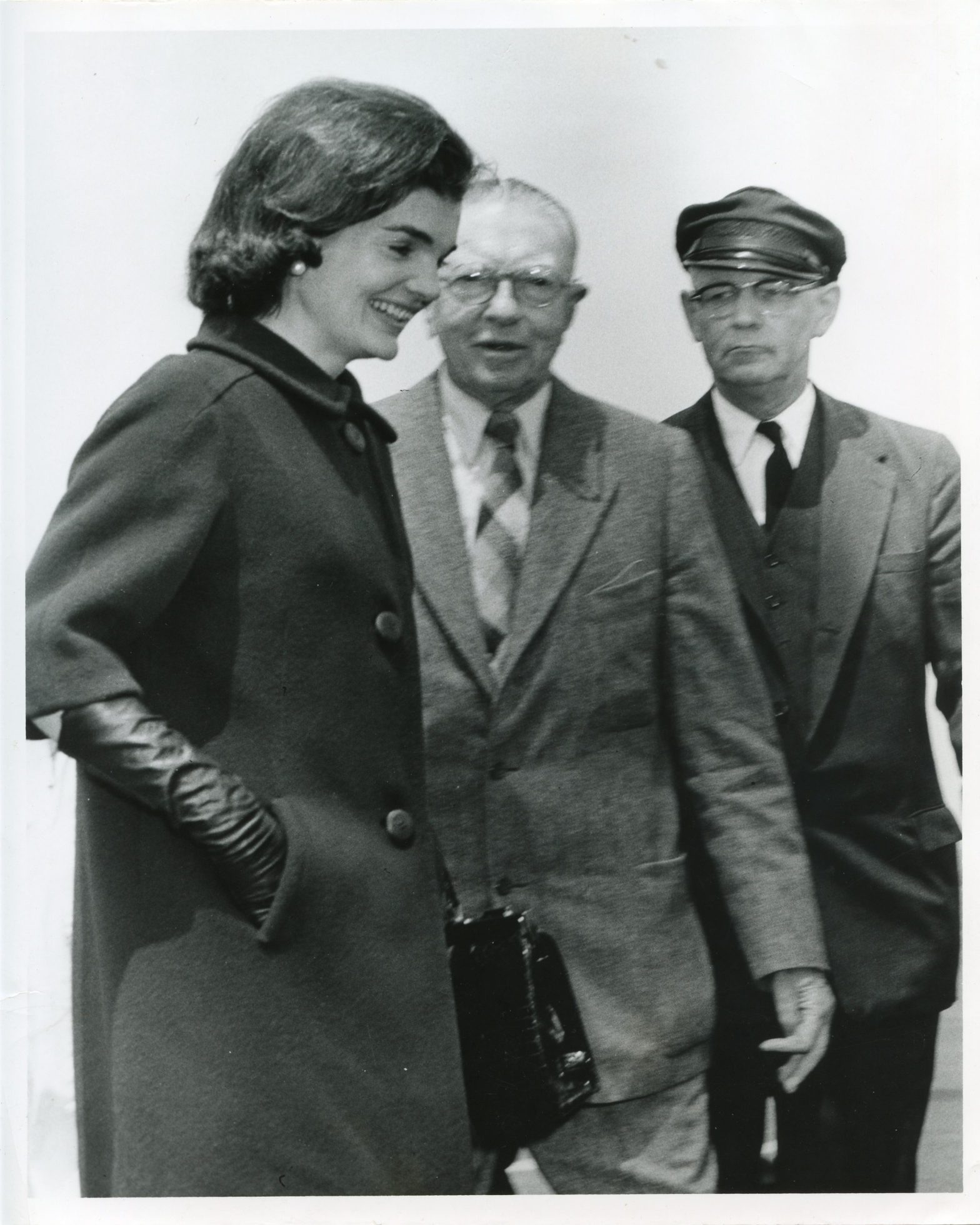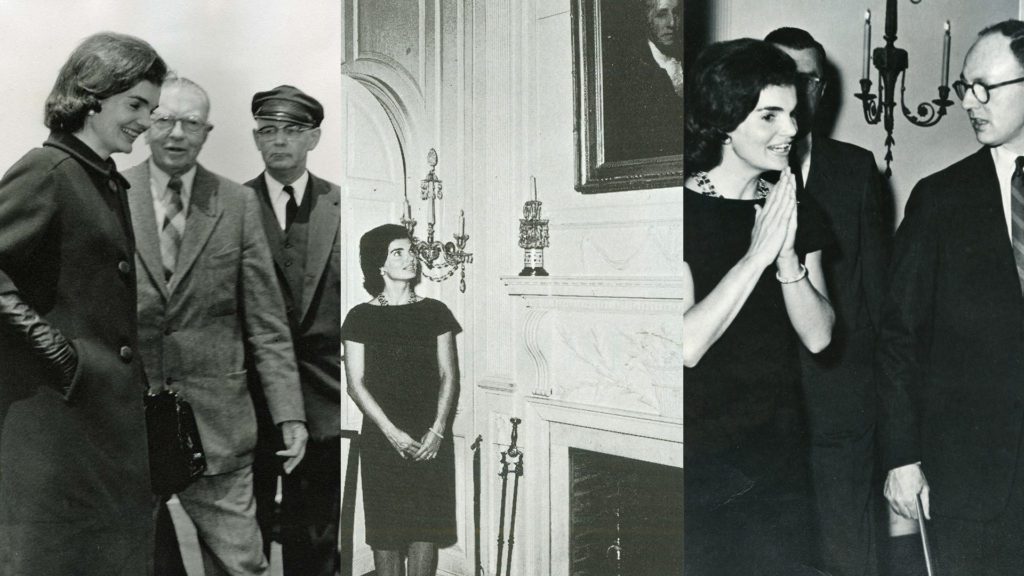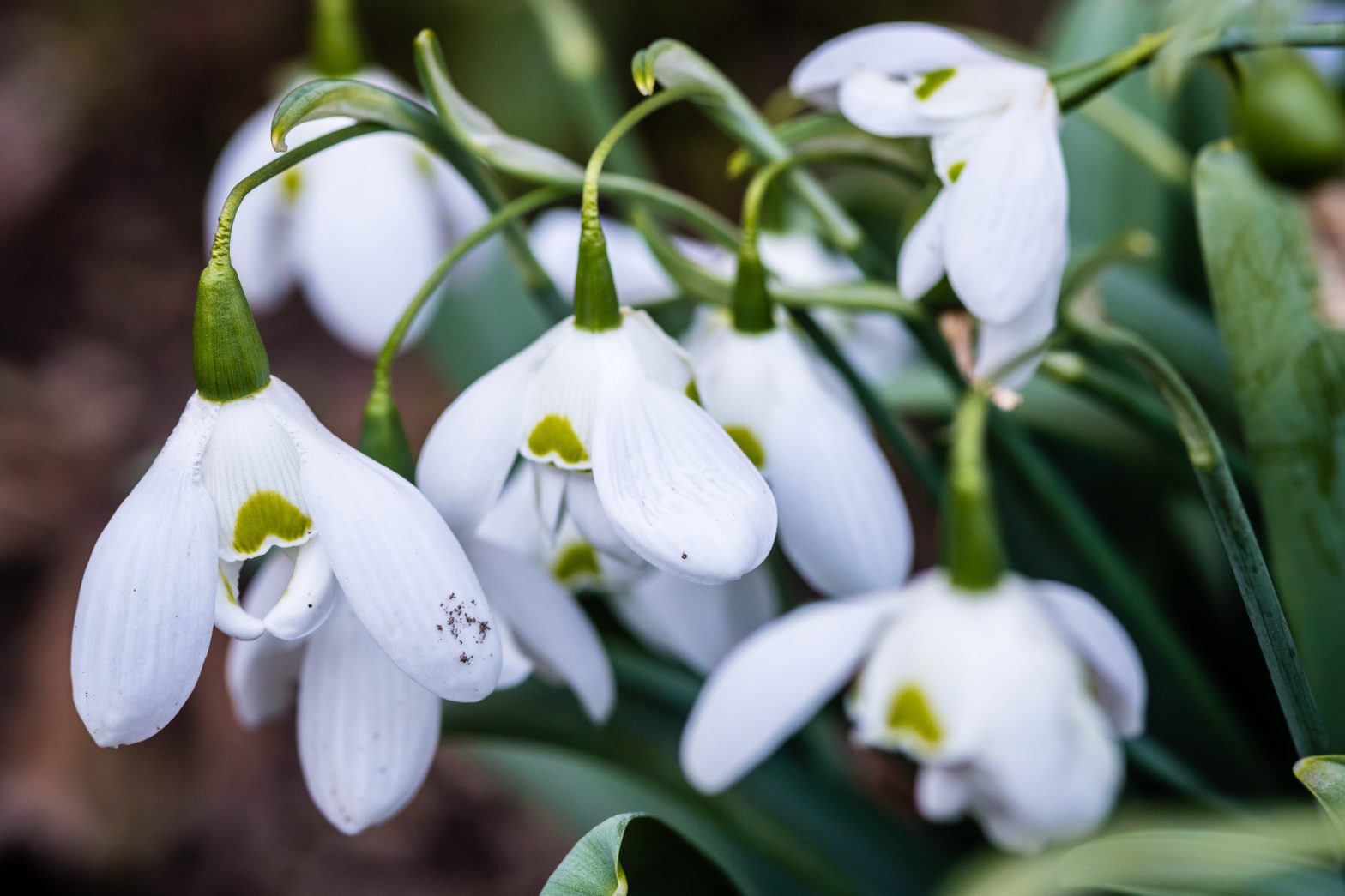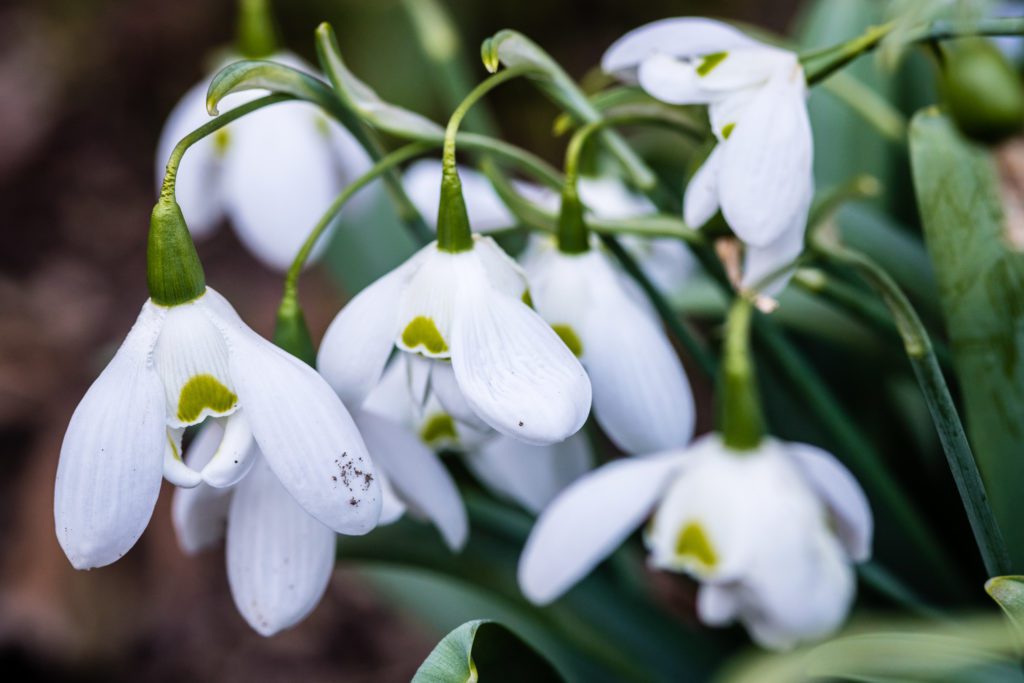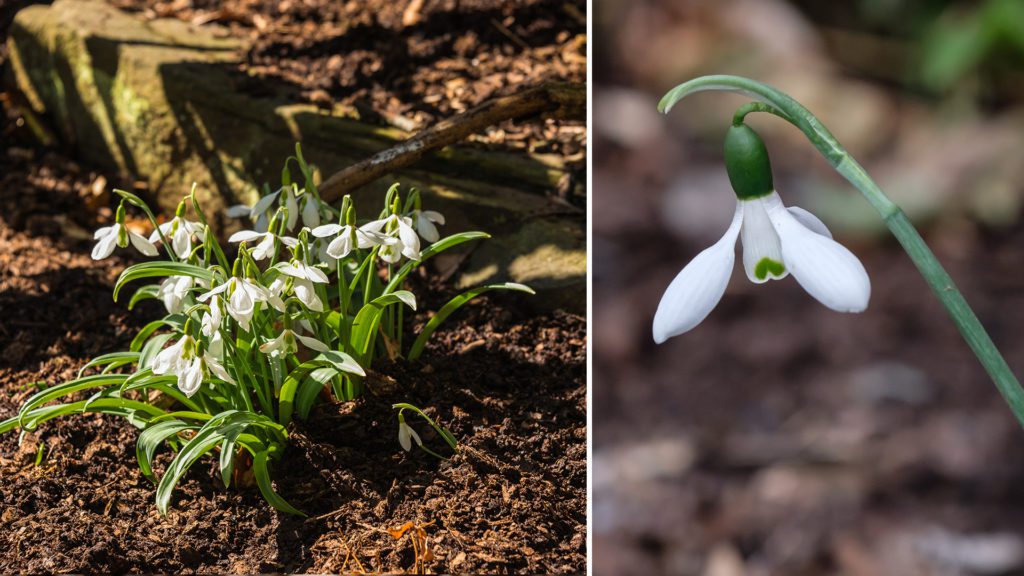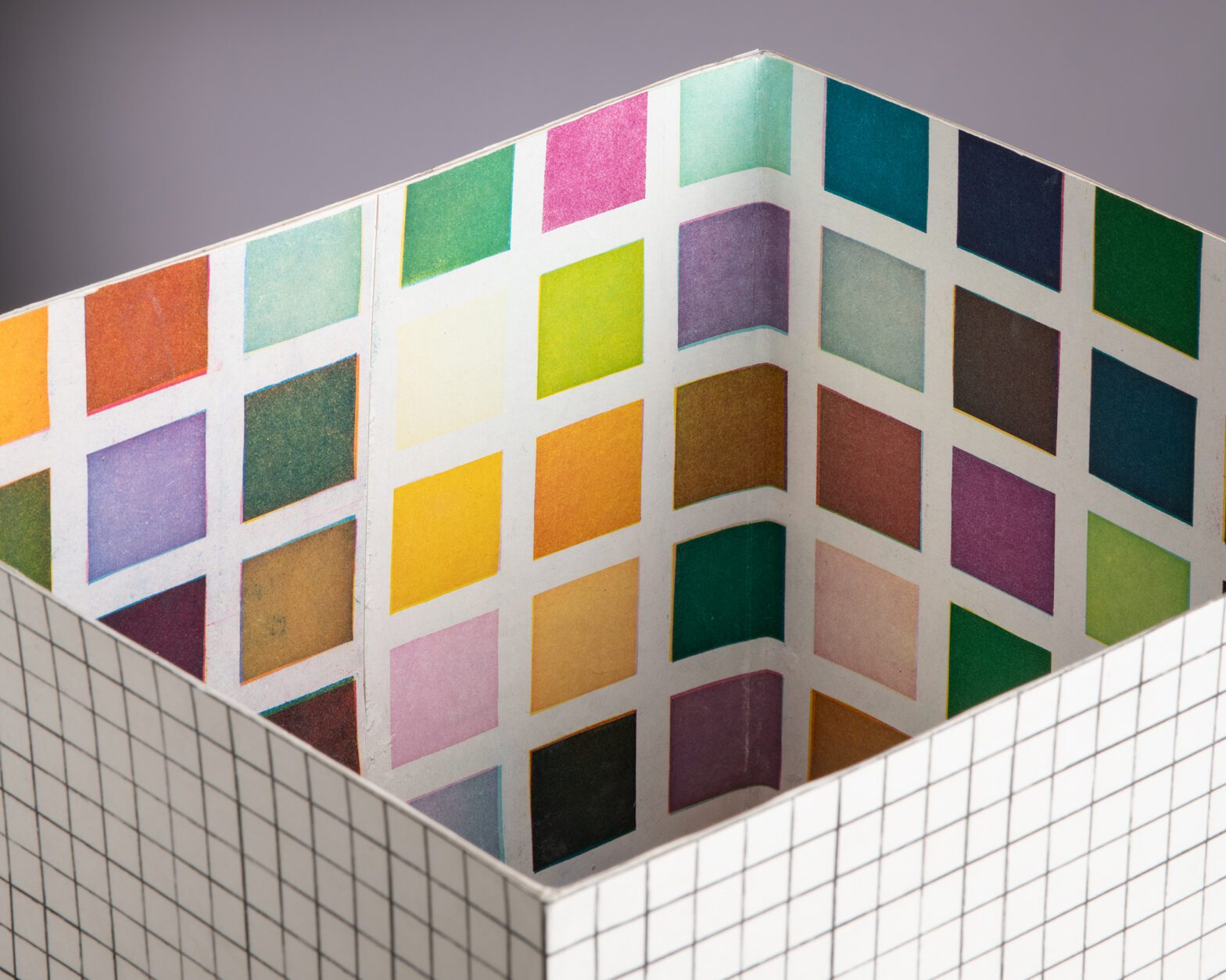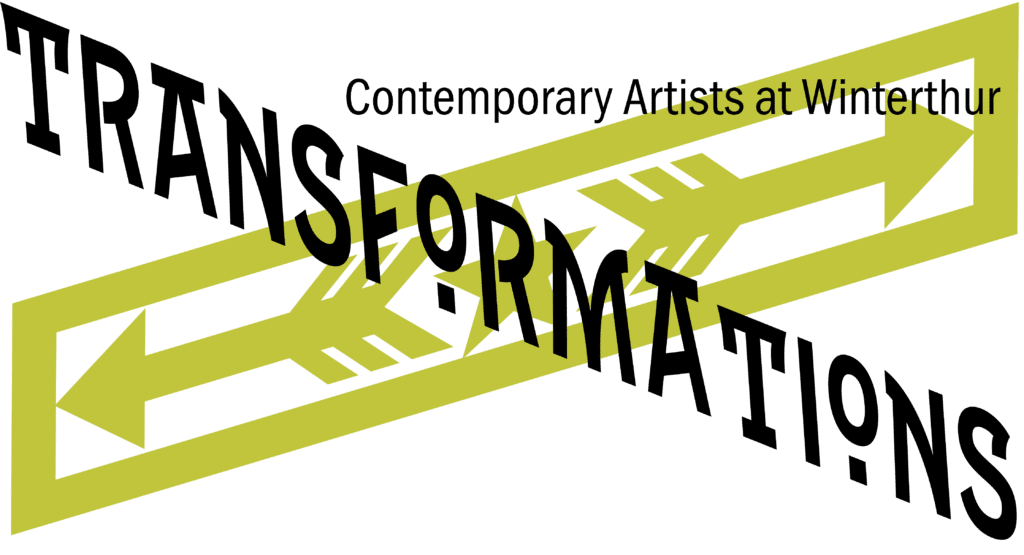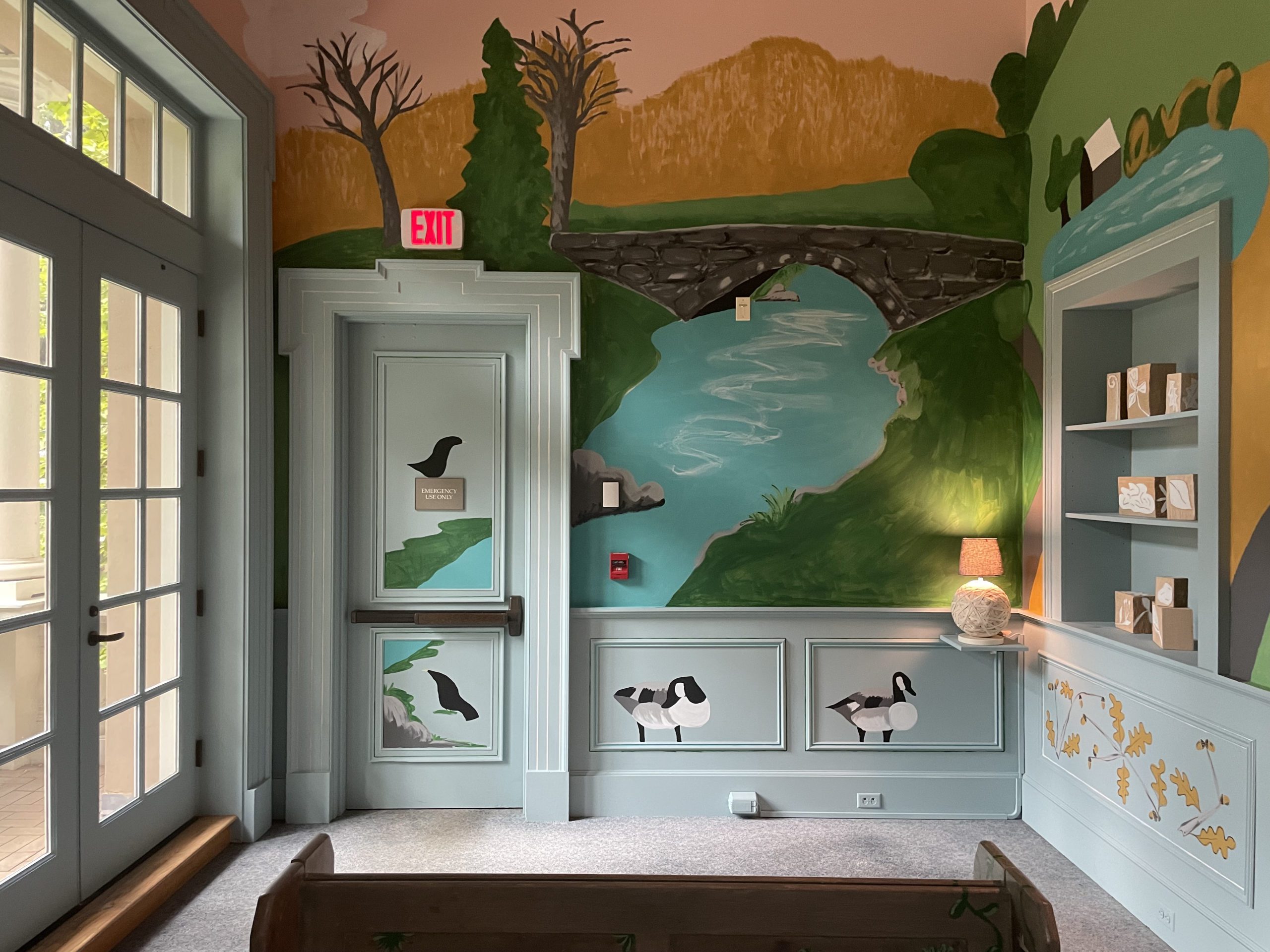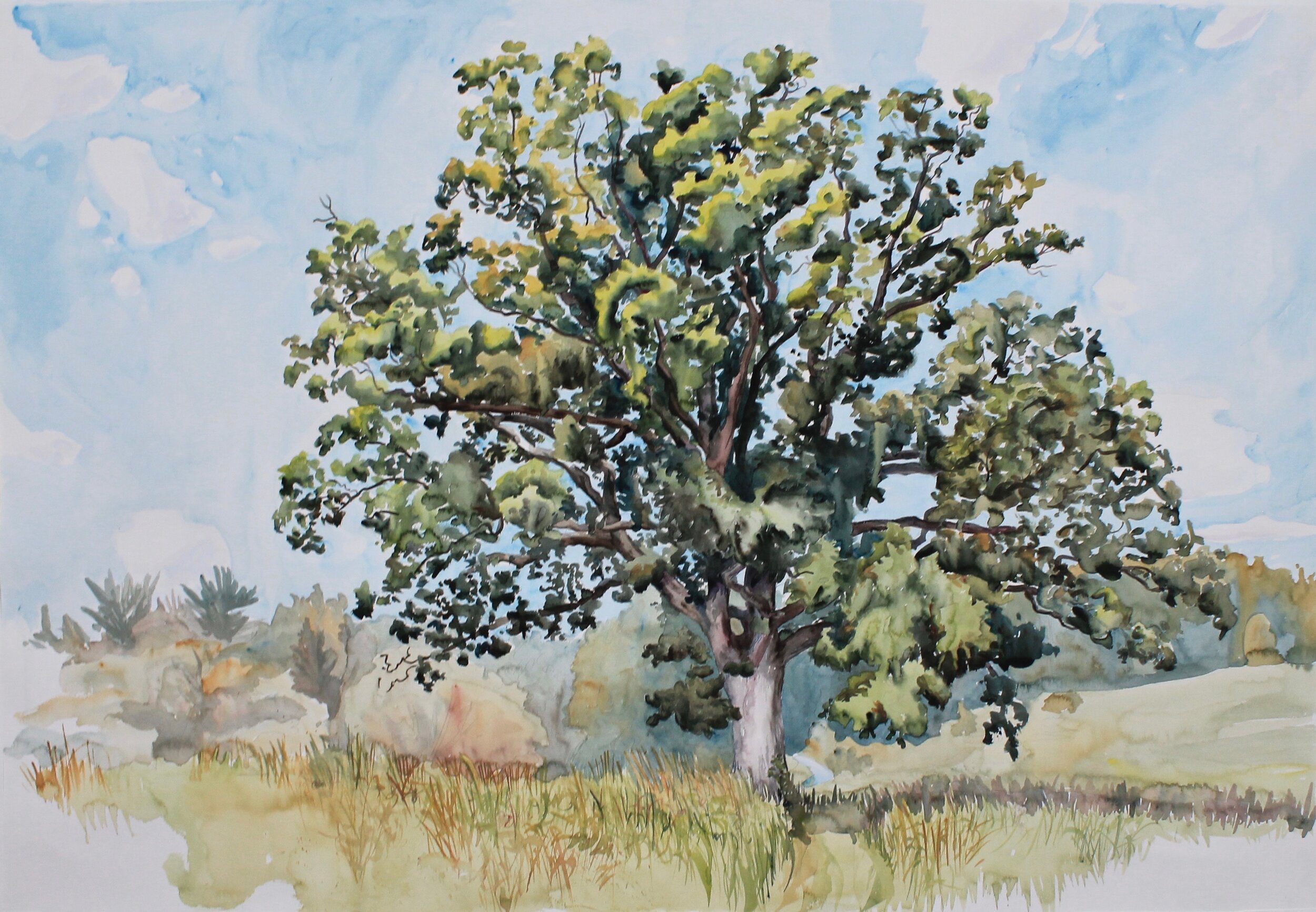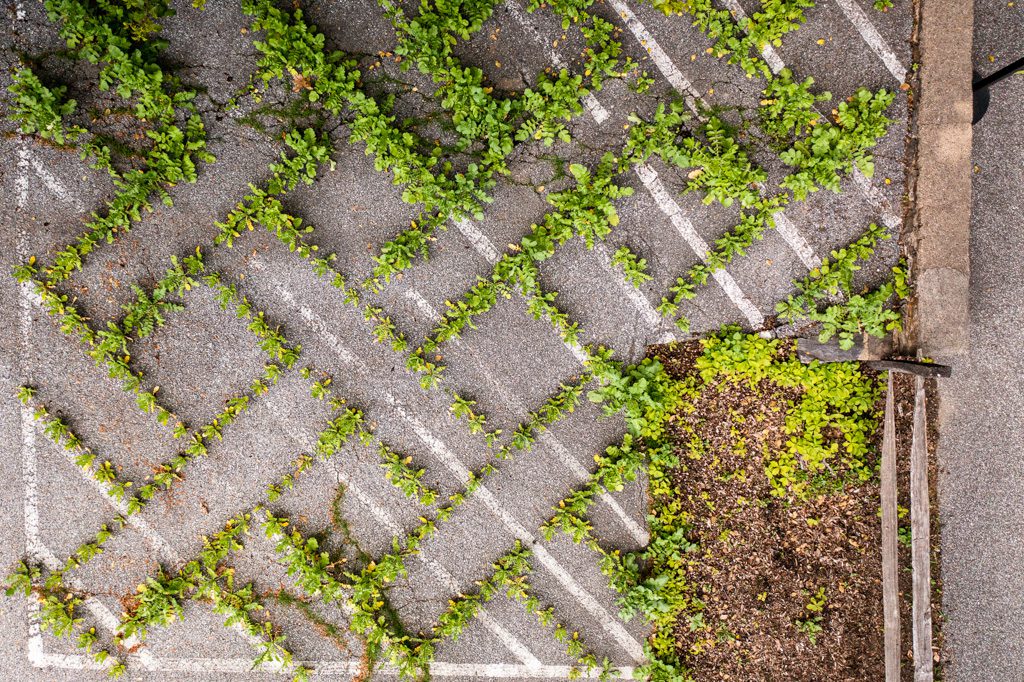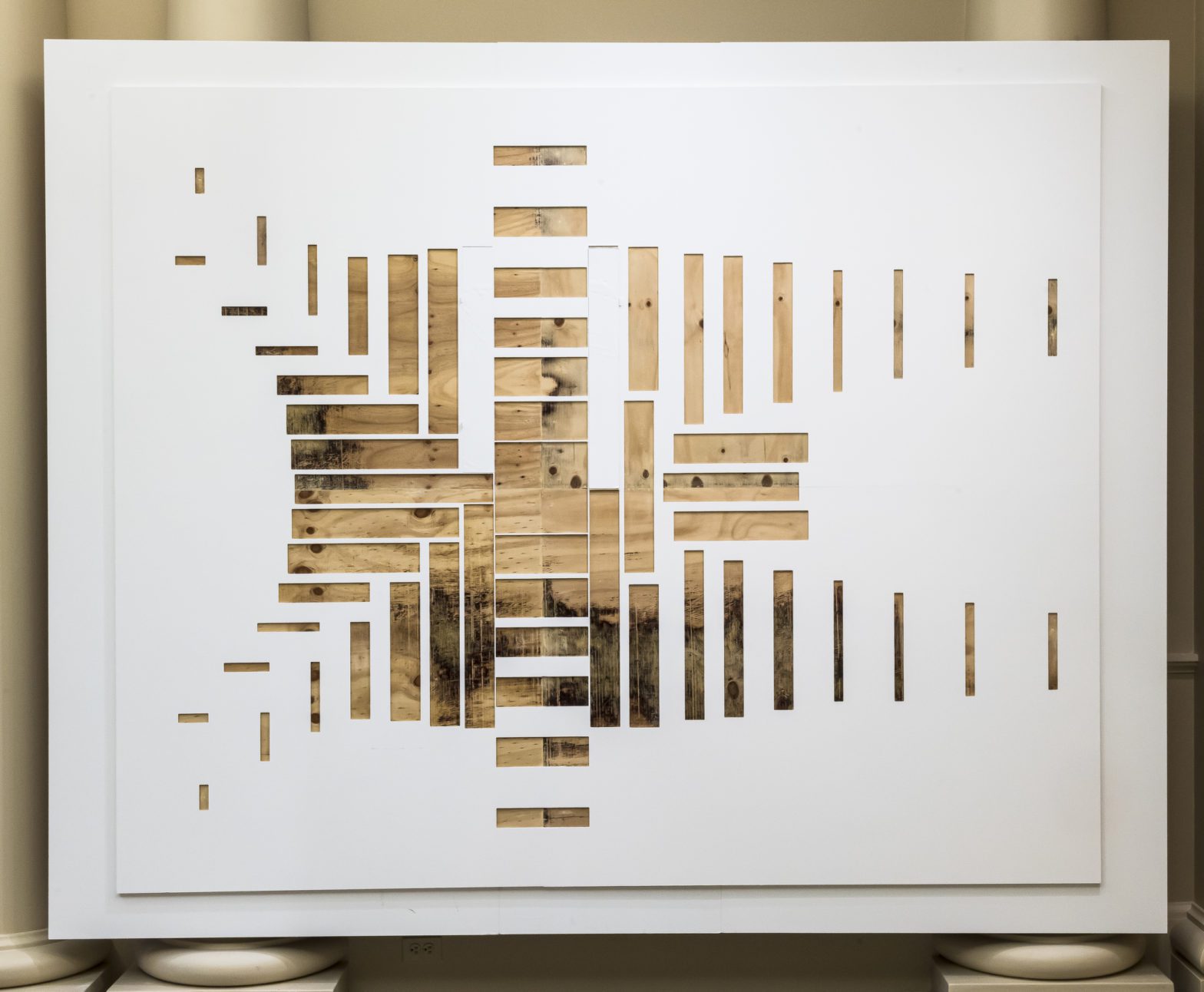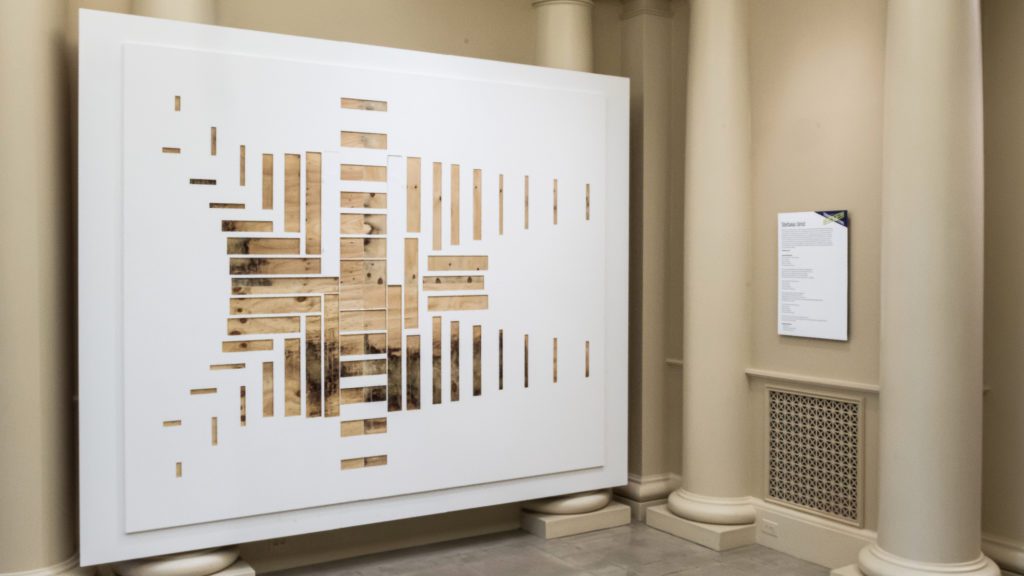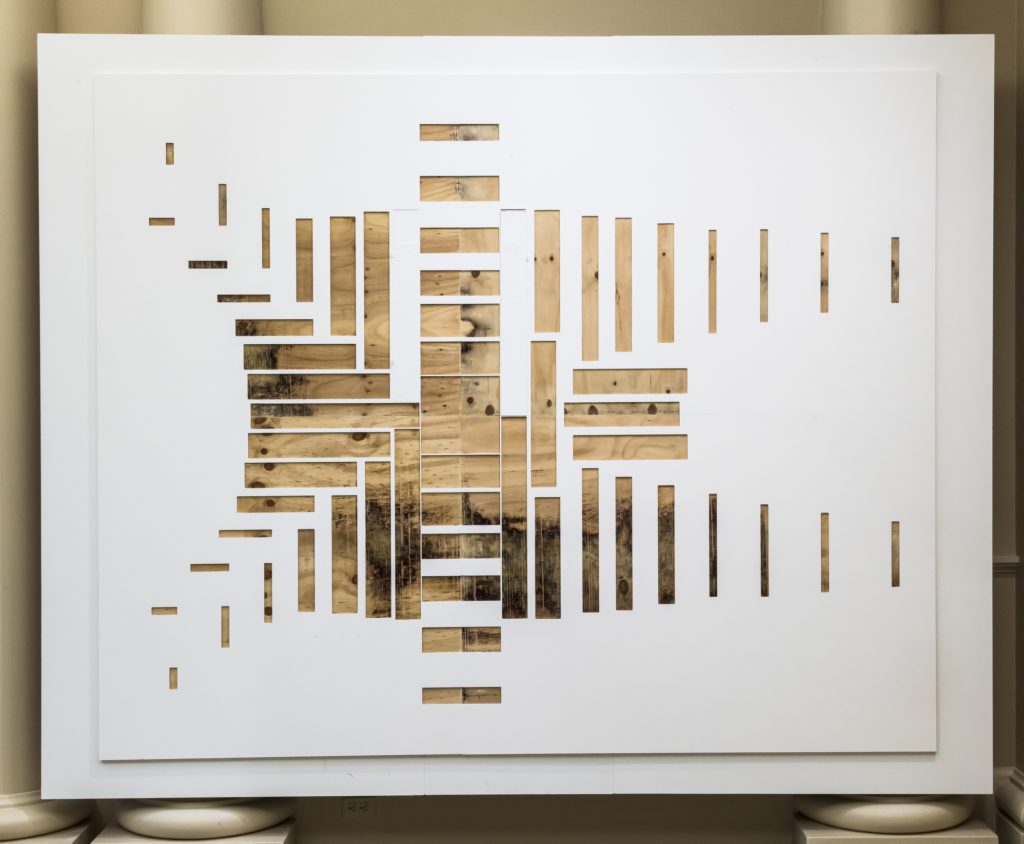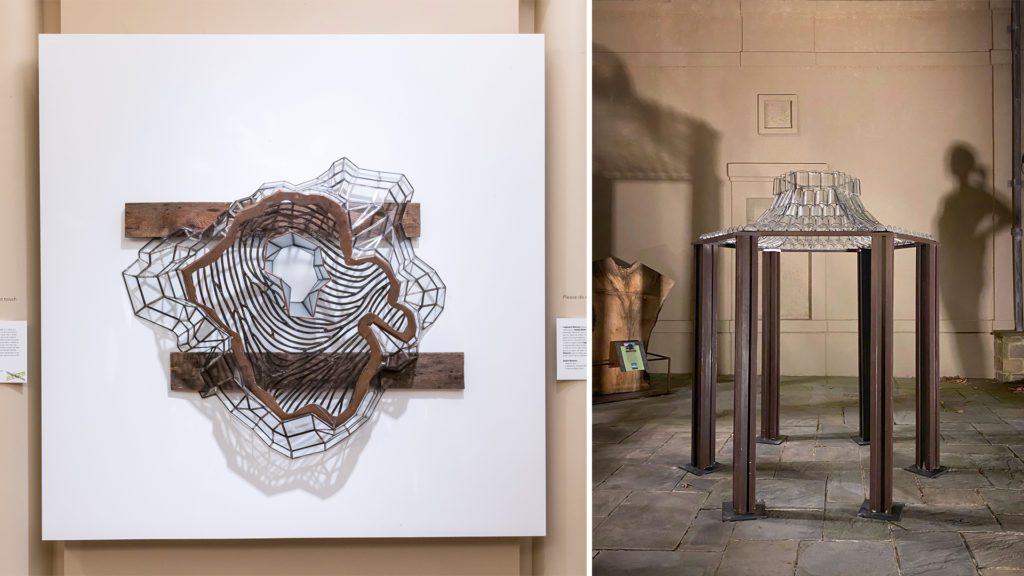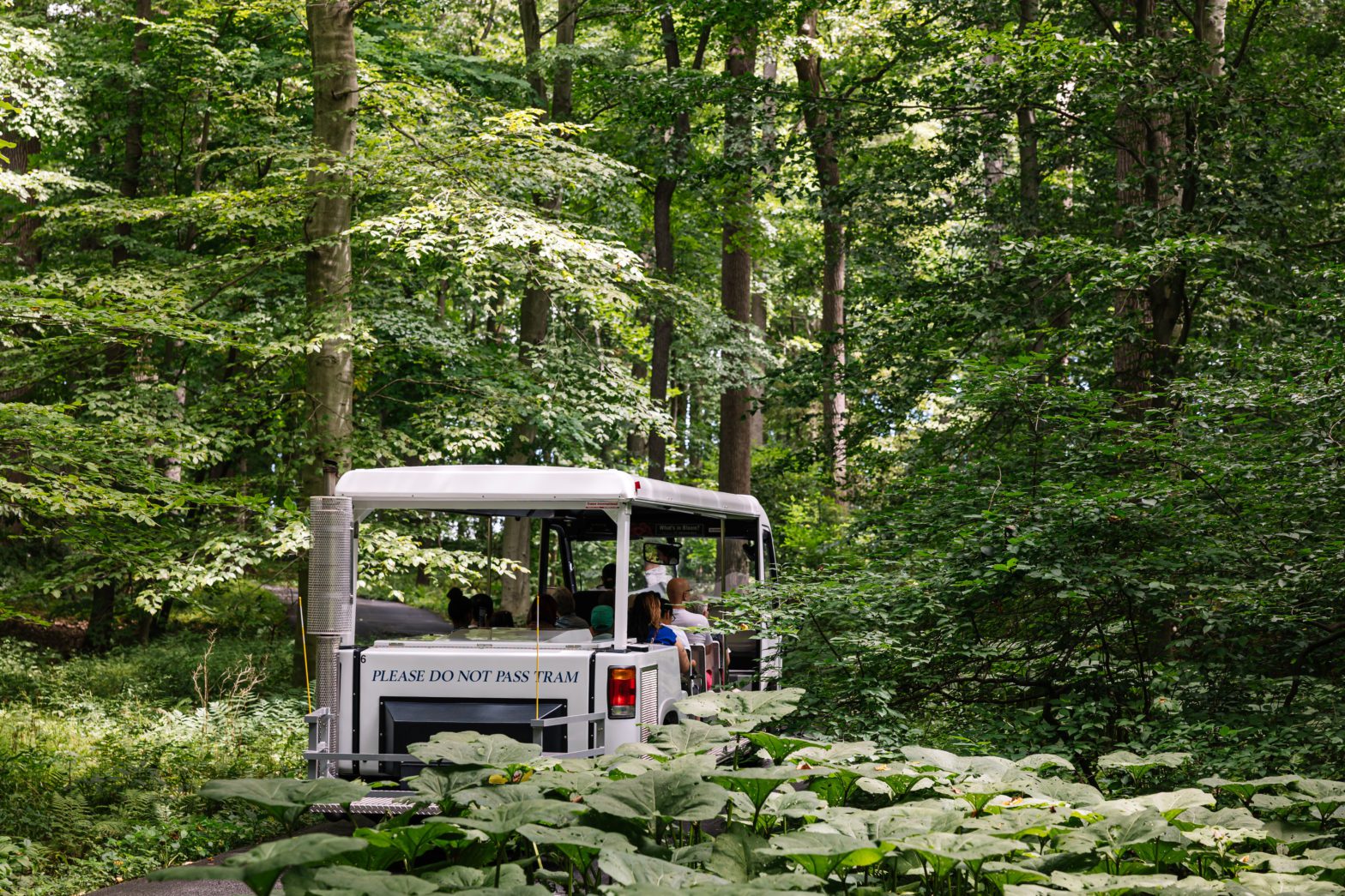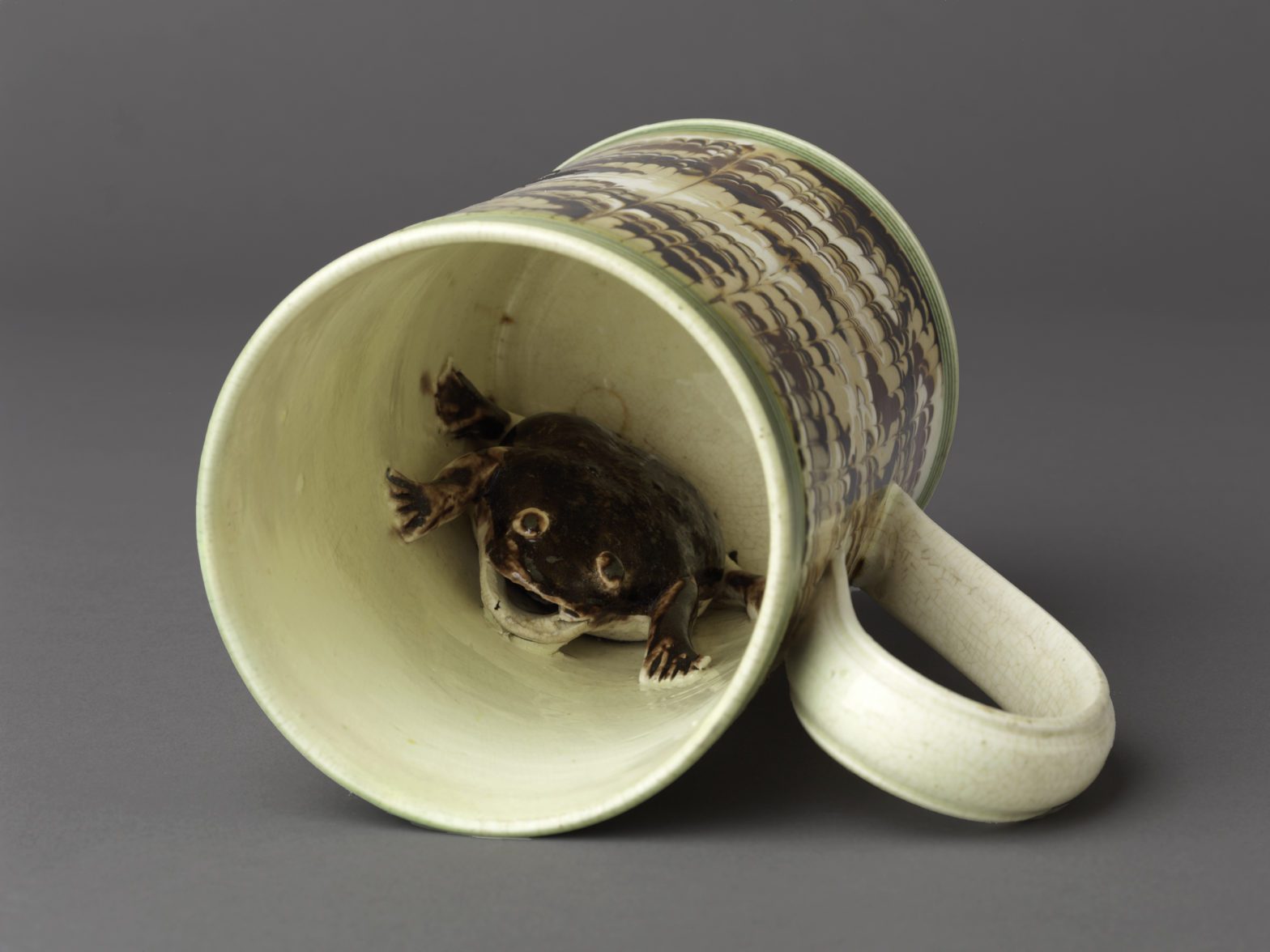After discovering arsenic in some vintage books, a conservator spreads the word on safety.
Some people believe the ideas in books are dangerous, but sometimes it’s not the words but the books themselves that are toxic.
Dr. Melissa Tedone, head of the book and library materials conservation lab, was examining the green cloth on a second edition of Rustic Adornments for Homes of Taste from the Winterthur Library when she noticed the starched coating wasn’t behaving like other dyed cover cloths. She knew about widespread use of a pigment called emerald green in wallpapers of the 19th century, and she was familiar with recent literature about its toxicity. She wondered if the book cloth contained the same poisonous compound.
X-ray fluorescence of Rustic Adornments, conducted by Dr. Rosie Grayburn, head of the Scientific Research and Analysis Laboratory at Winterthur, revealed dangerous copper acetoarsenite, which gives emerald green pigment its peculiar hue. Emerald green was widely used in the 19th century by wallpaper manufacturers and textile makers and caused widespread health problems and even deaths in Europe. Subsequent testing of Tedone’s initial sample revealed toxic levels of arsenic. “It was a lot more than we expected,” Tedone says.
Testing of other green books in Winterthur’s circulating collection turned up four volumes with the toxic pigment, while another five volumes in the Rare Book Collection tested positive. All were of similar vintage (1840s–1860s) and of American or English imprint. Further tests revealed that the pigment is highly friable, meaning it offsets easily when handled.
A later visit to The Library Company of Philadelphia to scan green books of similar vintage revealed 28 arsenical books in its collection, which confirmed the trend. The height of popularity for emerald green pigment in book cloth was in the 1850s in England and the United States. “These bindings are very common in libraries and private collections,” Tedone says.
Owing to the color’s popularity at the time, an untold number of books could contain the compound, and those volumes are highly desired for their beautiful color and gold-decorated covers. Collectors and others need to know the health risks, as do library professionals and other users.
Tedone presented her initial findings and then further research at the Smithsonian Safety and Culture Heritage Summit in October 2019, the American Institute of Conservation Annual Meeting in May 2020, The Grolier Club in May 2021, and the Friends of the University of Delaware Library in November 2021. She is currently working with staff at the University of Delaware Library and the British Library to analyze their collections while working with health and safety experts to develop safe strategies for storing and using these books.
To help librarians, collectors, and booksellers identify arsenical books in their own collections, Winterthur has printed emerald-green color swatch bookmarks with information on identifying and handling these books.
For more information about the project, including how to request a color swatch bookmark, and safe handling tips for arsenical books, visit the frequently updated Poison Book Project site.
